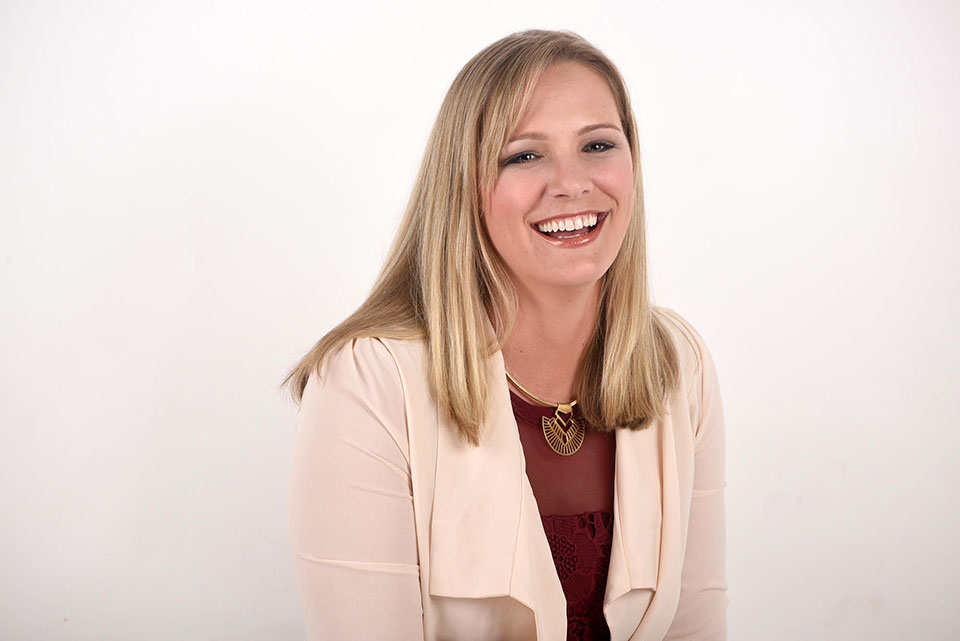How to have a psychologically safe workplace: changing the workplace starts from the top down

CEO’s are starting to realize that they will gain profit, productivity and loyalty both faster and further as a result of one major factor: psychological safety. It’s not just a buzzword, and it’s not a quick fix, but it is the key to creating a thriving culture.
Psychological safety is a person’s perception of the consequences of taking interpersonal risks. When psychological safety exists, the consequences are positive, meaningful and rewarding. When it does not exist, the consequences are negative, hurtful and disappointing.
To illuminate this, let’s consider a typical staff meeting. In psychologically safe environments, team members would feel secure in sharing their mistakes, speaking openly about their concerns, and be willing to take risks to innovate in ways that may have seemed crazy before. If you took that very same meeting and removed psychological safety, team members would likely hear from the same voices that were “approved of”, stay quiet because they’re afraid to say something wrong, and concerned how their ideas might be judged and impact their status.
So what can you, as an executive, do today to start creating more psychological safety, starting at the top?
- Have a candid conversation with your direct reports. Bring your direct reports together and share your desire to increase psychological safety within your culture at large. Help them to understand the intention behind your personal motivations about this effort and what you’re committed to doing in your own leadership efforts. Then open the conversation up to the team to share their experiences on when they did and didn’t have psychological safety and how it impacted them at work. To start, especially if people don’t currently feel that trust, ask them to share stories from outside of your work so they don’t feel put on the spot and tested right away. Let them know you’ll be reaching out to the whole team for feedback and need their support to truly make a lasting difference. Then follow up with them in your next one-on-ones to learn more about their experience with psychological safety as a member of your team.
- Ask for feedback and do something about it. It’s great to ask for feedback, but only if you plan to do something with it. Do not start such a vulnerable conversation without the intention to see it through. Once you’re sure you’re committed, consider sending out a survey to your team to get a pulse check on the current level of psychological safety that you have. Consider a ten-point scale, asking people to reflect on their department, team and organization at large so you can understand what are culture-wide trends and what’s unique to certain pockets. Try questions like: Do you feel safe to make a mistake? Are there opportunities for you to share new ideas without constraint? Are you comfortable asking for help?
- Share a vulnerable story with your team at large. A little vulnerability can go a long way in developing a connection and trust with others. But only when it’s authentic and not manufactured with the goal of something in return. Want your team members to feel safe in sharing their mistakes? Start by sharing your own mistakes, including what you learned from it! When you share yourself it’s a chance for you to give yourself and others permission to be human. Meet yourself where you are, not where you want to be. Whatever you decide on, be sure it’s connected to your vision, mission and values. Don’t just share for the sake of sharing but rather share for the sake of connection, opportunity and growth.
- Create code words or phrases. Teams I’ve worked with have created code words or phrases that alerts the person that they’re with that their needs are not being met in the psychological safety department. While still vulnerable to use them, it’s been massive in helping people to give and receive feedback in real time without a big upheaval. For example, one of my clients loves Brene Brown so we use some of her phrasing. Whenever she needs to have a vulnerable conversation and feels that she can’t quite get there, she asks, “Is it okay to take my armor off?” That is a signal to whoever she’s talking to that she wants to get real and share herself in a way that may have felt unsafe before, but she’s trying and getting that validation that it’s okay from whoever she’s with. It’s now expanded to the organization at large and executives across the board are saying it. In a matter of 6 months, they now don’t even need to say it because it’s become a normal way of speaking to each other.
- Look in “the mirror”, often. You must be willing to look in the mirror to have the self-awareness to see where you need to improve before you can ask others to do the same. That’s just how psychological safety works. If you ask everyone else to take it on, just feel you’re exempt then you’re not getting the point here. Even if you’re highly emotionally intelligent, there’s always opportunities for growth. So ask for that feedback, take it in, evolve and repeat! It’s a never-ending gift not only for your team, but everyone you engage with in life.
As the leader of your organization, it’s time for you to choose how you move into their new, evolved and awakened society. We know better so now we must do better.
Culture exists every day, whether we’re intentional about it or not. And when you’re intentional with creating a culture that’s grounded in psychological safety, you will experience the ripple effects as it increases your profit, productivity and loyalty amongst your team.
Written by MaryBeth Hyland.
Add CEOWORLD magazine to your Google News feed.
Follow CEOWORLD magazine headlines on: Google News, LinkedIn, Twitter, and Facebook.
This report/news/ranking/statistics has been prepared only for general guidance on matters of interest and does not constitute professional advice. You should not act upon the information contained in this publication without obtaining specific professional advice. No representation or warranty (express or implied) is given as to the accuracy or completeness of the information contained in this publication, and, to the extent permitted by law, CEOWORLD magazine does not accept or assume any liability, responsibility or duty of care for any consequences of you or anyone else acting, or refraining to act, in reliance on the information contained in this publication or for any decision based on it.
Copyright 2024 The CEOWORLD magazine. All rights reserved. This material (and any extract from it) must not be copied, redistributed or placed on any website, without CEOWORLD magazine' prior written consent. For media queries, please contact: info@ceoworld.biz
SUBSCRIBE NEWSLETTER








